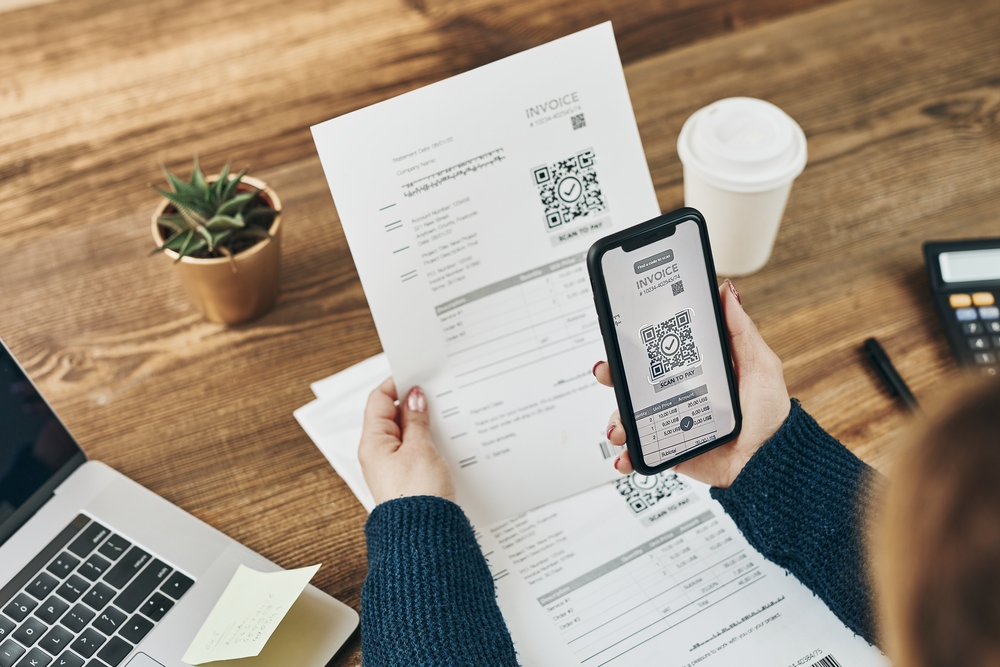In today's digital era, organizations must verify document authenticity. It's crucial across all sectors. Document verification is vital. It confirms that documents are genuine, unaltered, and valid. This guide explores document verification. It covers its importance, methods, and the challenges of manual and digital approaches.
Understanding Document Verification
Document verification is the process of authenticating documents. These include passports, driver's licenses, utility bills, and other official records. This process checks that the documents are real and untampered. It confirms the identity of the people or entities involved.
Importance in Customer Onboardin
Incorporating document verification into the customer onboarding process is essential for several reasons:
- Fraud Prevention
- Regulatory Compliance
- Building Trust
- Enhanced Customer Experience
- Operational Efficiency
- Risk Management
Document verification serves as a critical defense against identity theft and fraudulent activities. By verifying ID documents, businesses can confirm people's identities. This reduces the risk of fraud. This process is vital in online gambling. It verifies customers' identities, ages, and payment methods. This creates a secure environment and prevents unauthorized access.
Many industries must follow KYC and AML rules. This requires thorough document verification. For instance, regulations require online casinos to conduct KYC checks. This is to avoid penalties, including fines and lost licenses. These checks fight money laundering and other suspicious activities. They ensure businesses operate within the law.
Verifying customers' identities builds trust and security in business. A verification process, focused on users, can boost satisfaction. It should be transparent and user-friendly. Being upfront about data handling and protection can build stronger client relationships.
Implementing efficient document verification processes can streamline customer onboarding. Digital identity verification methods, like those on online platforms, have evolved. They now prioritize user convenience while keeping security. This change aims to keep the trust in traditional methods. It also seeks to greatly improve the user experience.
Automating document verification cuts manual work, errors, and speeds up onboarding. This lets businesses use resources better and focus on core tasks. Digitalization and rising customer expectations drive a shift to customer-centric verification. This leads to quicker, more user-friendly verification methods.
Thorough document verification enables businesses to assess potential risks associated with new customers. Using verification can prevent fraudulent activities, uphold customer trust, and protect their reputations. This process is critical in preventing fraud and ensuring compliance with regulatory standards.
Manual vs. Digital Document Verification
Manual Document Verification
Traditionally, document verification involved manual inspection. Trained staff examined physical documents for authenticity. This method includes:
- Security Feature Inspection:Checking for watermarks, holograms, and other security elements.
- Data Consistency:Ensuring the information on the document matches the provided details.
- Physical Attributes:Assessing the texture, color, and quality of the document.
Challenges:
- Time-Consuming: Manual verification is labor-intensive and slow.
- Human Error:Susceptible to mistakes and oversight.
- Scalability Issues:Difficult to manage large volumes efficiently.

Digital Document Verification
Digital document verification has evolved with advances in AI and ML. These technologies enhance the accuracy, efficiency, and security of verifying digital documents. Key components of this process include:
1. Automating Data Extraction with Optical Character Recognition (OCR):
AI-powered OCR systems extract and analyze text from scanned documents, images, or PDFs. Unlike traditional OCR, AI-enhanced OCR adapts to various fonts, languages, and conditions. It works better on poor-quality or diverse-format images. It ensures higher accuracy in text extraction.
2. Validating Security Features:
AI and ML algorithms detect and verify security features in documents. These include digital signatures, QR codes, holograms, and watermarks. These technologies check for these features. They verify their authenticity. They identify any forgeries or alterations. For instance, AI can detect fake documents. It does this by finding patterns and inconsistencies that may escape human reviewers.
3. Biometric Verification:
Biometric verification involves comparing a document's photo with a live selfie. AI-based facial recognition systems check facial features for a match. This confirms the document holder's identity. This process enhances security. It ensures that only the owner can use the document for verification. Services like Amazon Rekognition offer pretrained facial recognition. It can be used in user onboarding and authentication workflows.
4. Fraud Detection Using Machine Learning Algorithms:
ML models are trained to find anomalies in documents. These include altered images, forged signatures, and mismatched data. ML algorithms can spot subtle signs of tampering in millions of documents. They can do this by analyzing patterns that human reviewers might miss. This helps prevent fraud.
5. Real-Time Verification:
AI and ML enable real-time document verification. This cuts the time for manual checks. This immediacy boosts user experience and efficiency. It lets businesses onboard customers quickly while keeping high security standards.
6. Enhancing User Experience:
AI-driven document verification systems provide a seamless and user-friendly experience. Users can verify their identities remotely using their smartphones or computers. This eliminates the need for physical interactions. This convenience accelerates processes like account openings and access to services.
7. Scalability and Efficiency:
AI and ML systems can handle many verification requests at once. This makes them highly scalable. This scalability helps organizations that are rapidly growing. It's vital for those in high-verification sectors, like finance and e-commerce.
8. Compliance with Regulatory Standards:
Using AI and ML in document verification helps organizations meet regulations, like KYC and AML. Automated verification ensures all checks are done, accurately and consistently. It reduces the risk of non-compliance.
Advantages:
- Speed:Processes are completed in seconds.
- Accuracy:Reduces human error.
- Scalability:Handles large volumes efficiently.

Steps in the Document Verification Process
- 1. Document Collection:Gathering the necessary documents from the individual or entity.
- 2. Data Extraction:Retrieving information from the documents using OCR technology.
- 3. Document Validation:Checking the extracted data against trusted databases and verifying security features.
- 4. Biometric Verification:Use facial recognition to match the document's photo ID.
- 5. Decision Making:Verify the document's authenticity. Approve or reject the verification.
Best Practices for Effective Document Verification
- Utilize Advanced Technologies:Implement AI and machine learning tools to enhance accuracy.
- Regularly Update Verification Protocols:Stay updated on new fraud types. Update verification methods accordingly.
- Ensure Compliance:Adhere to industry regulations and standards to avoid legal repercussions.
- Provide Training:Equip staff with the necessary skills to handle verification processes effectively.
Conclusion
document verification is vital for secure, compliant business operations. This is key in sectors with sensitive data and high-value transactions. By knowing the processes, challenges, and best practices of both manual and digital verification, organizations can build strong systems. These will guard against fraud, ensure compliance, and build client trust.